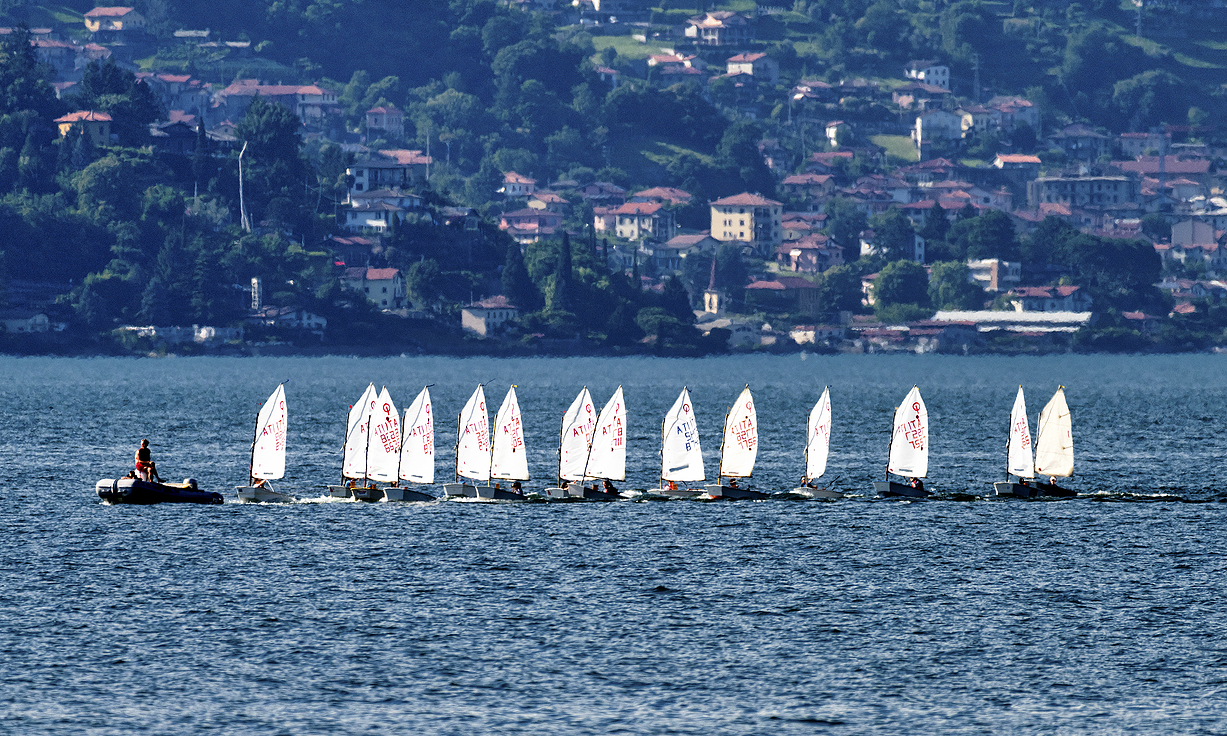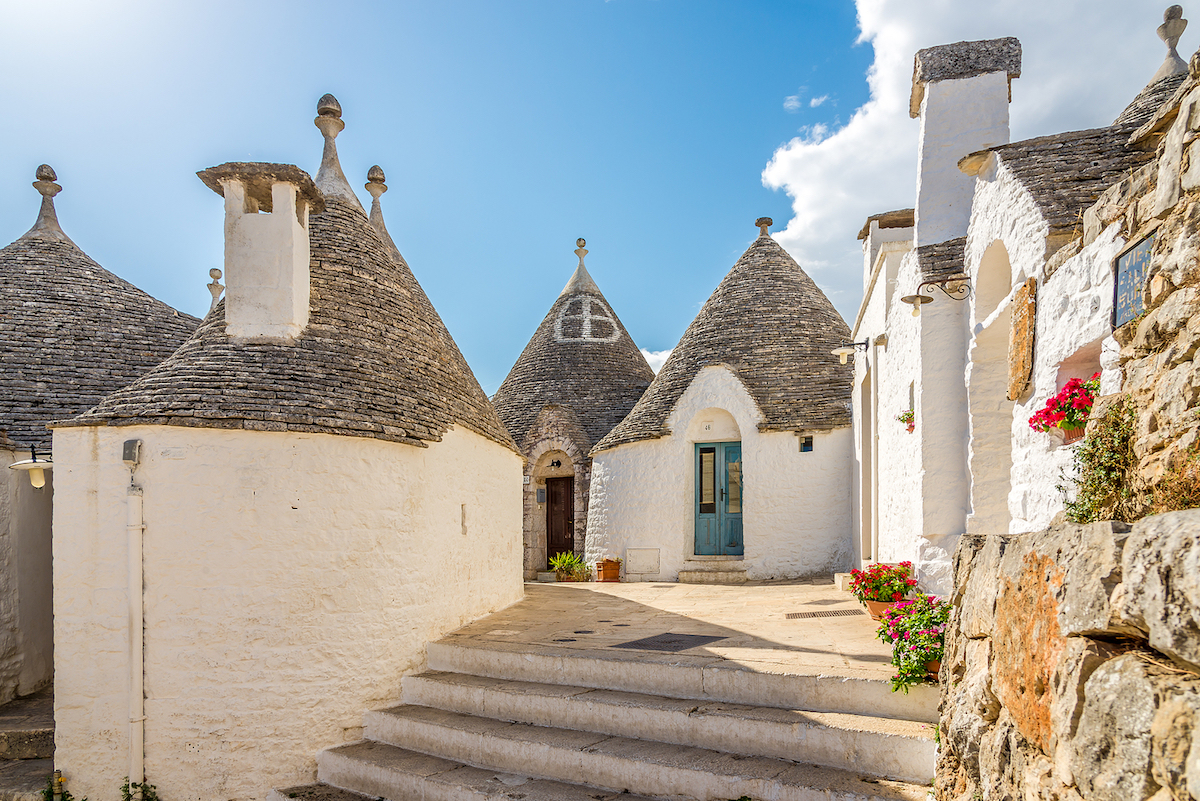Get ready to discover more of Italy’s charming historic villages. The association ‘I Borghi più belli d’Italia,’ which, as the name implies, includes Italy’s most beautiful villages, has recently added 12 new locations, bringing to 325 the number of places that are part of this network, created in 2001 to enhance the historical, artistic, cultural and naturalistic value of Italy’s smaller towns.
To become part of the association, villages must have no more than 2,000 residents (and a total of 15,000 maximum in the entire municipal area) and must undergo a rather complex certification process, which has to meet 72 parameters.
The aim of such a strict selection is to guarantee a tourist value to potential visitors and to create the conditions that may help improve the quality of life for local residents and the range of tourist services.
In early November, 12 new villages entered the association: from mountain villages to lakeside towns, from medieval centers surrounded by woods and nature to seaside villages, all these locations guard incredible history, art, legends, monuments and typical products.
Let’s see which they are.
The northern region of Trentino scored two new entries: Luserna and Pieve Tesino.
Luserna is a small mountain village at 1,300 meters above sea level, southeast of the regional capital of Trento, the last place in Italy where the Cimbrian language - of Bavarian origin - is still spoken.
Pieve Tesino, on the slopes of Monte Silana, known for being the birthplace of Italian statesman Alcide De Gasperi, features 15th-century buildings and portals, and a mountain botanical garden to discover on a beautiful walk among woods and flowery meadows.
On the eastern shore of Lake Como, picturesque Bellano has narrow streets and colorful buildings. From its marina, you can see other beautiful lake towns, such as world-famous Bellagio and Menaggio.

AlbThe delightful historic center of Campiglia Marittima in Tuscany is still enclosed by the ancient walls. The Palazzo Pretorio, old alleys, stone arches and artisan shops make it a real pleasure to walk around.
Petritoli in Le Marche overlooks the green and fertile Aso valley among olive trees, mulberry trees and hills with a spectacular view that ranges from the Sibillini mountains to the Adriatic coast. The village dating back to the year 1000 is home to churches and convents rich in works of art and stately buildings transformed into museums.
Perched on a hill, Nocera Umbra (Perugia), has preserved its ancient defensive structure, starting with the mighty castle walls dating back to the Middle Ages. Surrounded by woods, Nocera Umbra is famous for its mineral waters.
In Lazio, Castelnuovo di Porto is an ancient village located on a tufaceous spur near the protected natural area of the Veio park, about 60 kilometers from Rome. The village is dominated by the Ducal Palace known as Rocca Colonna, a medieval fortified complex transformed over the centuries into a Renaissance palace.
Crecchio in Abruzzo stands on the hills of the province of Chieti, a small center which retains the appearance of a medieval village and attractions such as the Ducal Castle, with the 13th-century Torre dell’Ulivo and a rich cultural and artistic heritage.
World-famous Alberobello has also entered the association, known for its Unesco-inscribed trulli, which originally were temporary shelters for peasants or used by small landowners as homes.

Sicily has two new villages in the list: medieval Buccheri (Syracuse), in the heart of the Iblei Mountains, preserves the ruins of a 13th-century Norman castle, churches and palaces, forgotten works of art and monasteries of hermit friars.
Calascibetta, near Enna, on the Erei mountains, is a Norman village inhabited since prehistoric times, known for its numerous churches and the necropolis of Realmese, an archaeological site of the Iron Age with 288 cave tombs.
La Maddalena in Sardinia is the last new entry in Italy’s most beautiful villages network. Part of a larger archipelago of the same name, and included in the national park of the Maddalena, it faces the Gallura coast and is the only inhabited center within the park. The lively Piazza Garibaldi is where locals meet. The small port of Cala Gavetta is particularly charming. Also not to be missed is the Moneta district, a typical seaside village.
